Here is something I've been working on lately. It is in response to my growing number of worms, the moisture problems I've had with my Rubbermaid bins, and simply a desire to experiment with different kinds of bin designs. I modeled this after the Worm Inn and have seen instructions for similar models online. I used fabric I found at Thrift Town. The dark green was a 100% polyester futon cover that I doubled in thickness. The light blue/dark blue was simply a double-layered ground tarp. The grey on top was a polyester shelf that you would hang on your closet rod to hold sweaters or something. I wanted something that was economical, easy to maintain, and space-saving. I designed these with wide seams to allow for a 3/4" PVC pipe to run through the edges. My hope was that this would help evenly distribute the weight (rather than having four stress points at the metal hooks). I also built the PVC frame to allow multiple "inns" to sit side-by side, with more being easily added as the worm population multiplied. My eventual goal was to have these sit in two rows of four or five. You can see that I used T-joints with side outlets and Cross-joints with side outlets to allow for growth - their extra side is pointing toward the camera, waiting for the expansion. With two rows of four or five I could feed up and down both sides while using a minimum of space and PVC pipe. In this picture, the two bins on the left and in the center are almost 3/4 full, and the one on the right (the most recent addition) is a little less than half full. I used 3/4" Schedule 40 (thick-walled) PVC pipe for the frame. So far the frame is bearing the weight well, though in the future I would probably use different PVC joints that would allow me to use a whole pipe rather than cutting it - just for more stability and strength. Each inn is stretched over a 2' X 2' frame, and hangs approximately 30 inches long. The frame is 3' high. For a pipe that was shared by two adjacent bins, I had the pipe run through one bin, and used snap-on clips to secure the flap of the adjacent bin over it. The only thing I misjudged was the width of the top once it was stretched over the frame. I had sewn in a "lid" that could be sealed all around the edge with velcro. There were two problems that I encountered. First, I used industrial-strength self-adhering velcro. It did not really want to adhere to my fabric, so I tried to sew it. Let's just say that sewing machine needle + industrial strength adhesive = very sticky, ineffective needle = almost burned out my sewing machine motor. I didn't want to go out and spend more money on more velcro (the sew-on kind), so I used a stapler to reinforce the velcro to the fabric. Then I stretched the fabric onto the frame and found that with the weight of the compost, it was pulled so tight that it was larger in circumference than the lid I had built. Hence the pictures showing a gaping lid and visible velcro. The black strips on the far side of the bins are the velcro that cannot reach the grey floppy fabric top. I keep a thick layer of bedding on top of them and I haven't had too much problem with fruit flies, but there is definitely a growing black soldier fly population. However, this is in an unused building behind my house, so they are not really a nuisance for me. My plan at some point in the future is to enlarge the lid and add more velcro, or simply use the clips to secure them.
You will notice my blue gloves hanging over the edge of the center bin, and the fact that there are no containers under the bins. I actually do keep a small container under there for drips, but I haven't had any leakage problems except once when I poured a tremendous amount of water over the top (and had buckets ready). I don't know why there aren't any in this pic, they're normally there. Under the right-hand one is a rubbermaid lid because I had just installed the bin. The black crumbs on it is the compost that fell through the bottom when I put in the first layer. Since then, no drips.
In a nutshell, what I love about this system is its ease of maintenance. I simply lift the fabric and dump a mixture of food and bedding. It has never once been too wet or smelled. It does get dry, so occasionally I add water. I have not yet tried to harvest anything from the bottom. I am more trying to grow my worm population than to create compost, so I'm mostly trying to keep them happy without disturbing them. The big yellow thing in the back is another bin I designed which I will detail in another post.

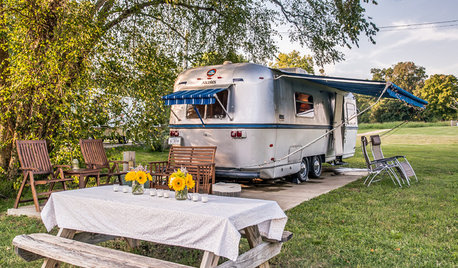

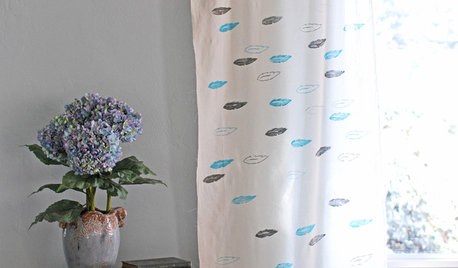
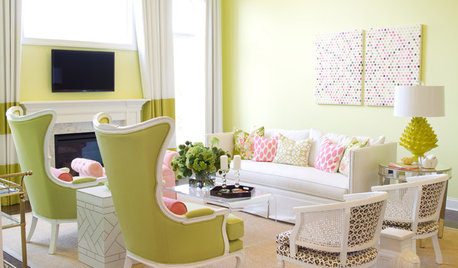
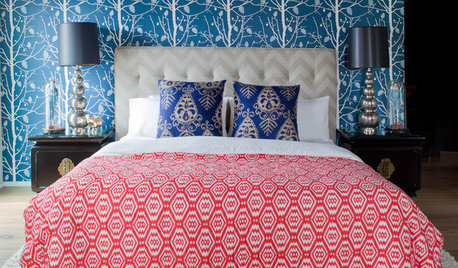
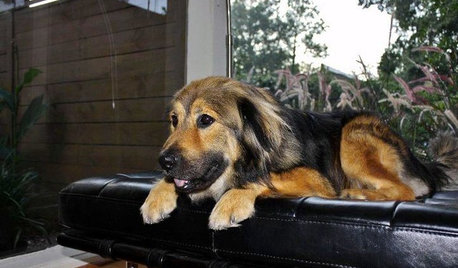
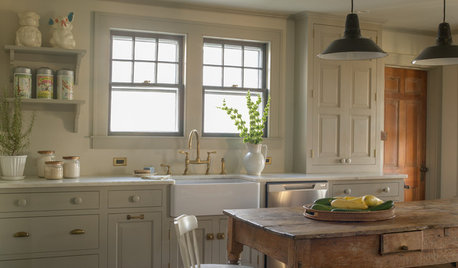

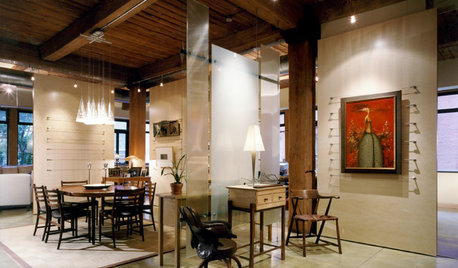




equinoxequinox
patrick1969
Related Discussions
my new other fabric ft (mammoth) composter
Q
New to Vermicomposting with questions
Q
Salvaged marble for ~$12 sq ft - should I buy for my countertops?
Q
New garden and Vermicompost question?
Q
mendopete
PeterK2
equinoxequinox
PeterK2